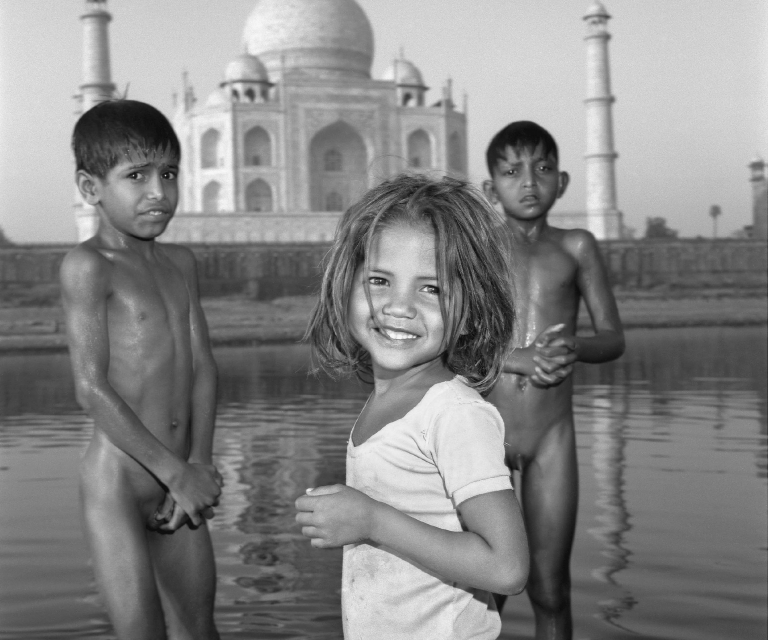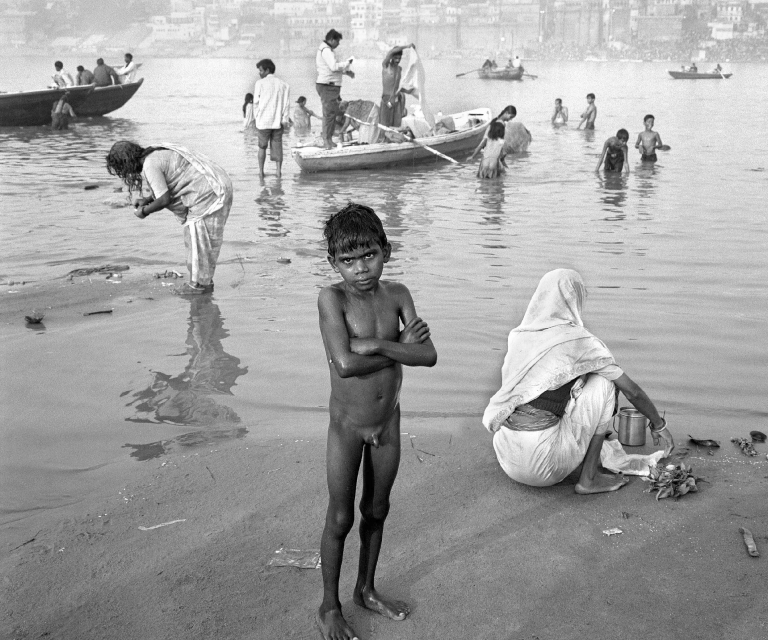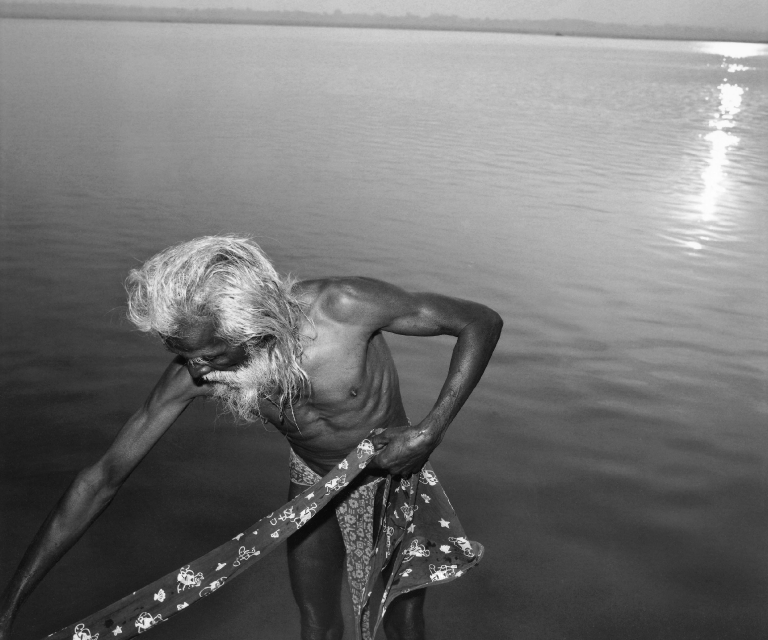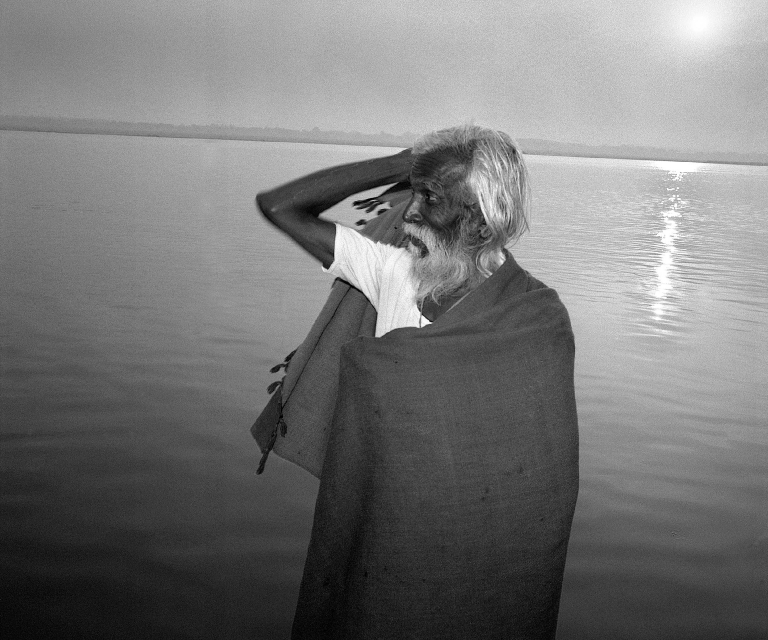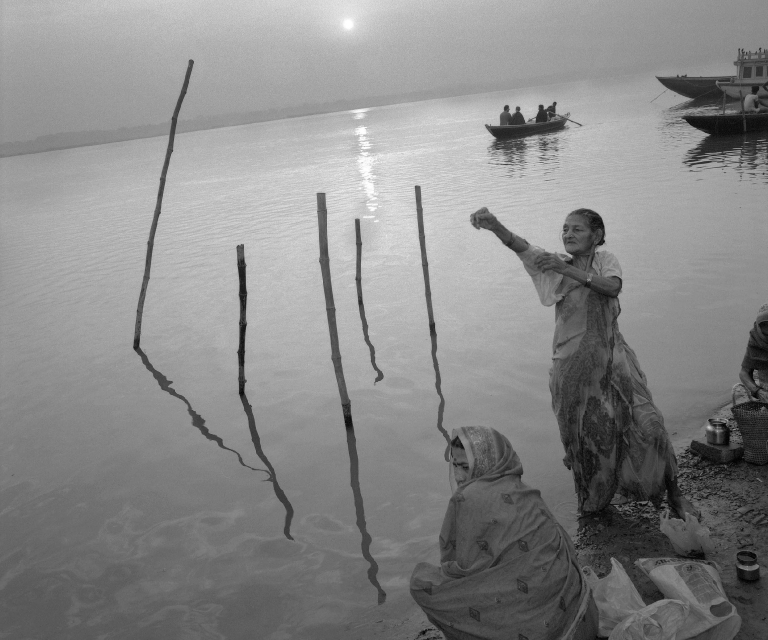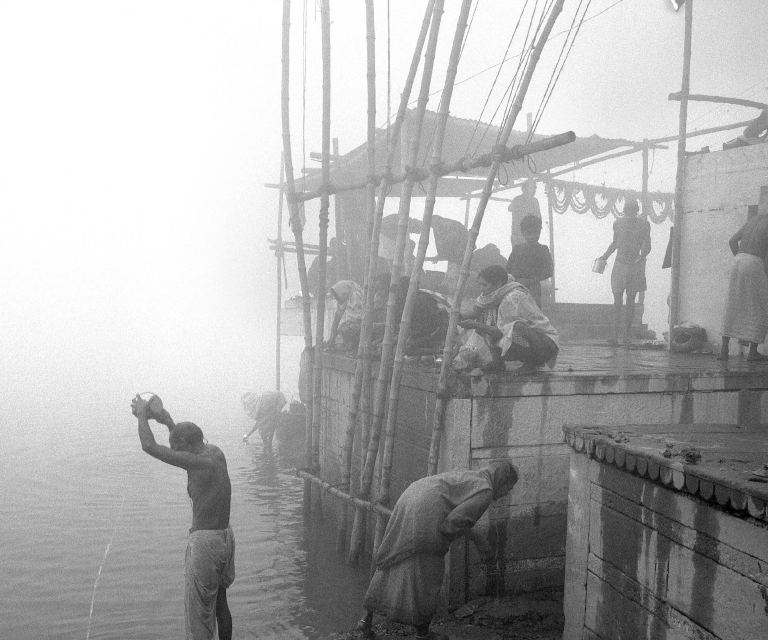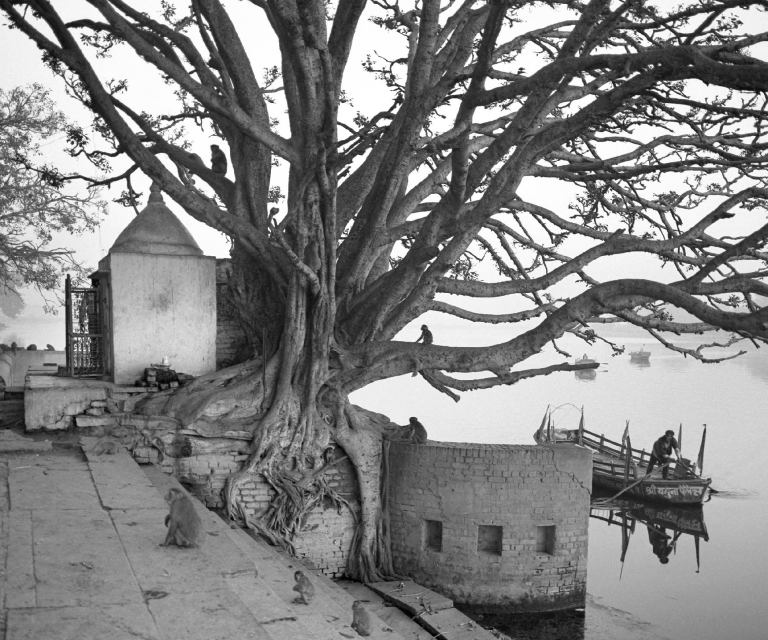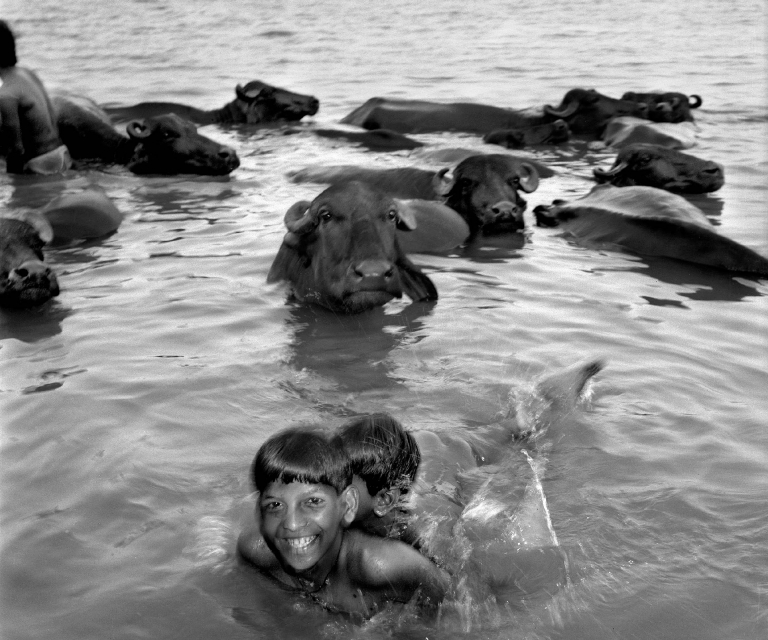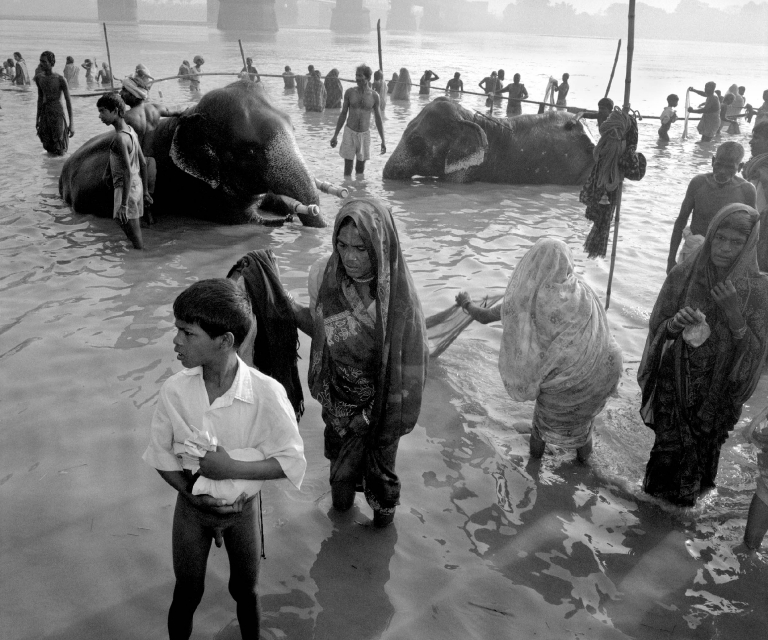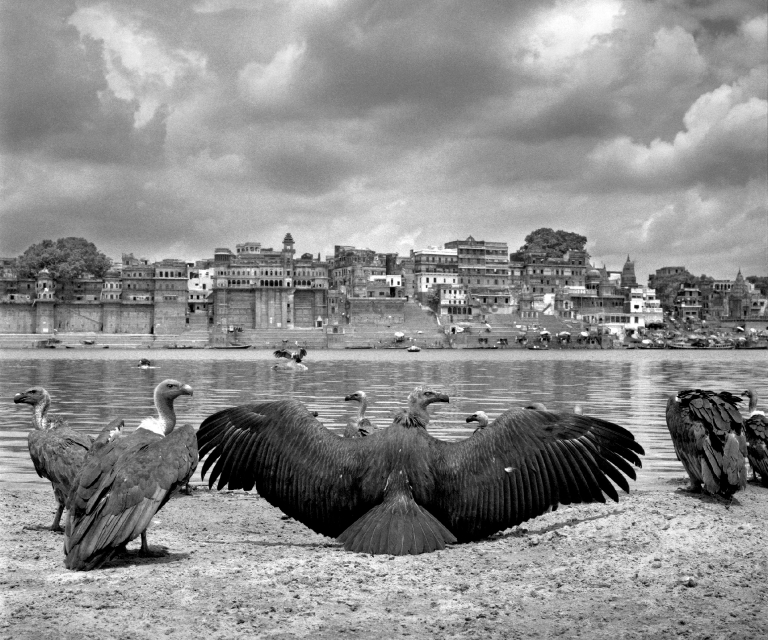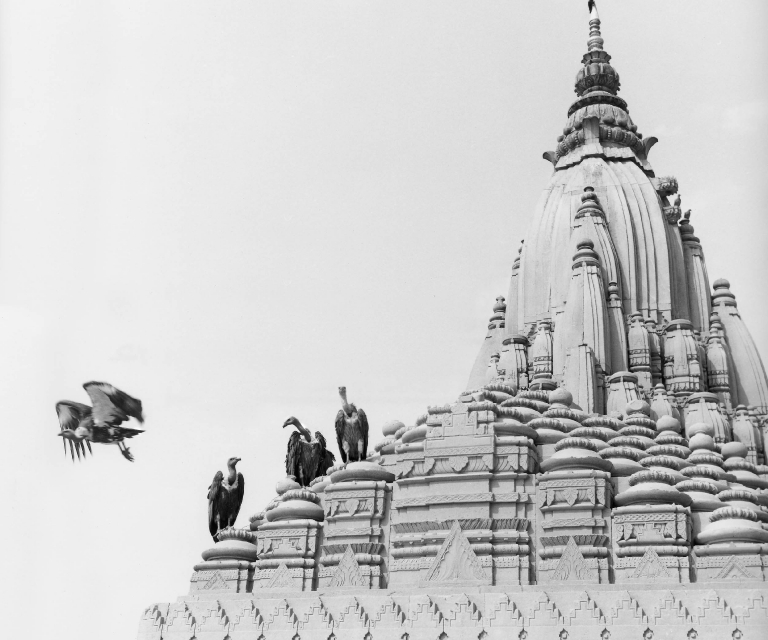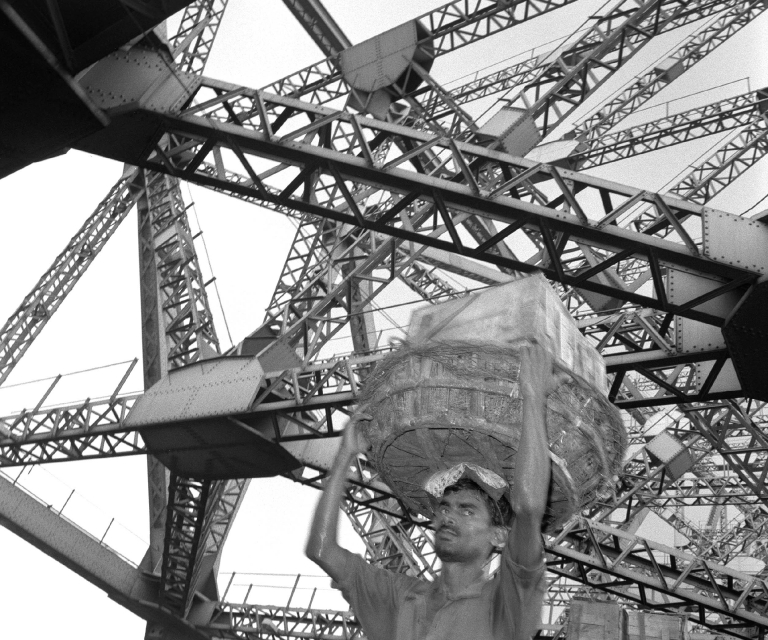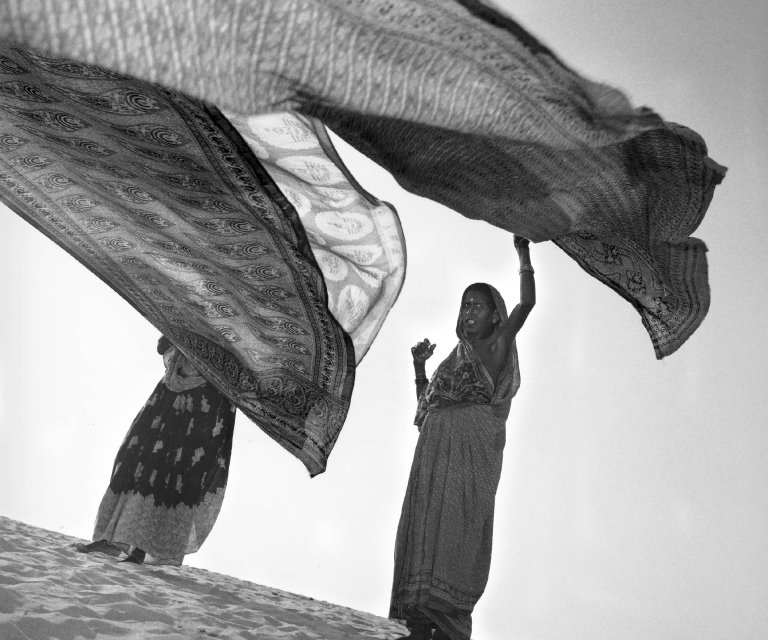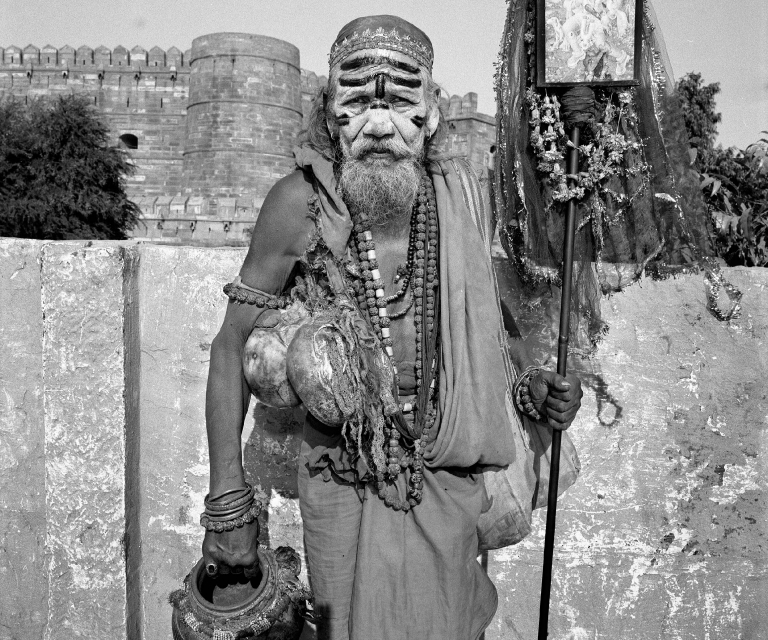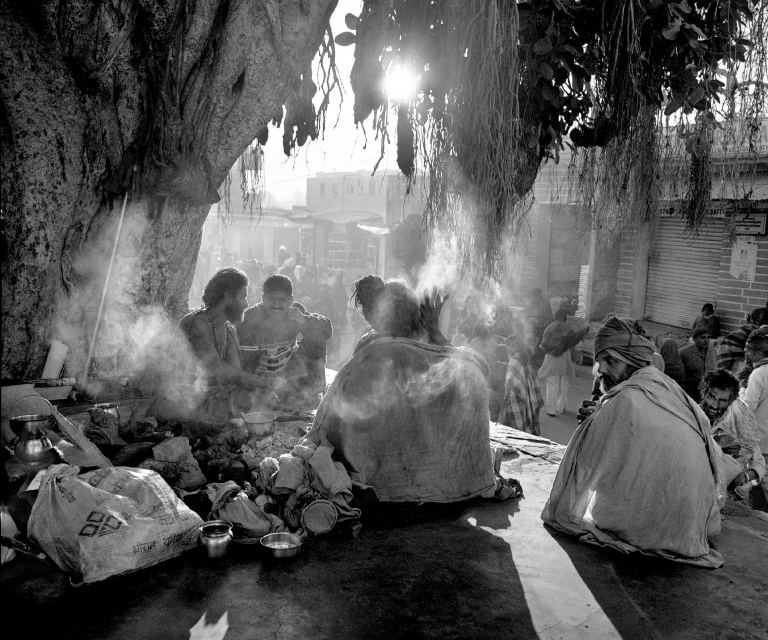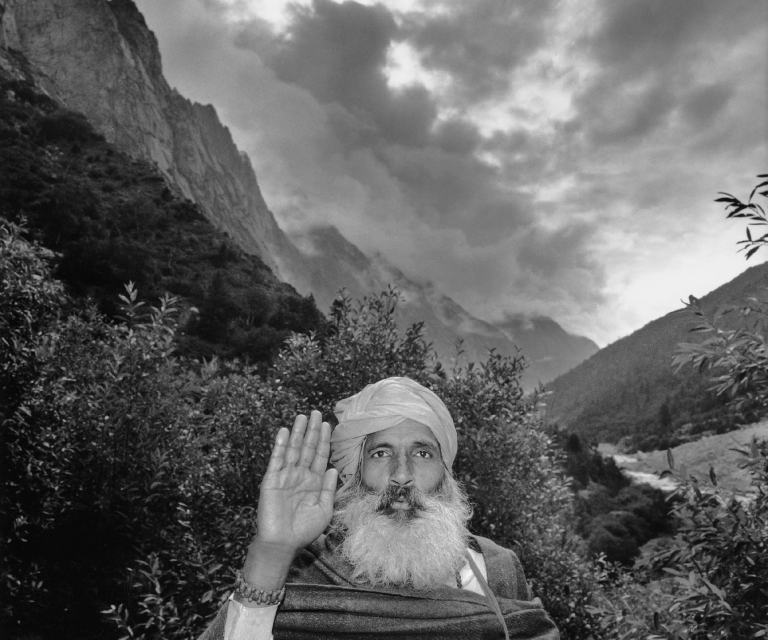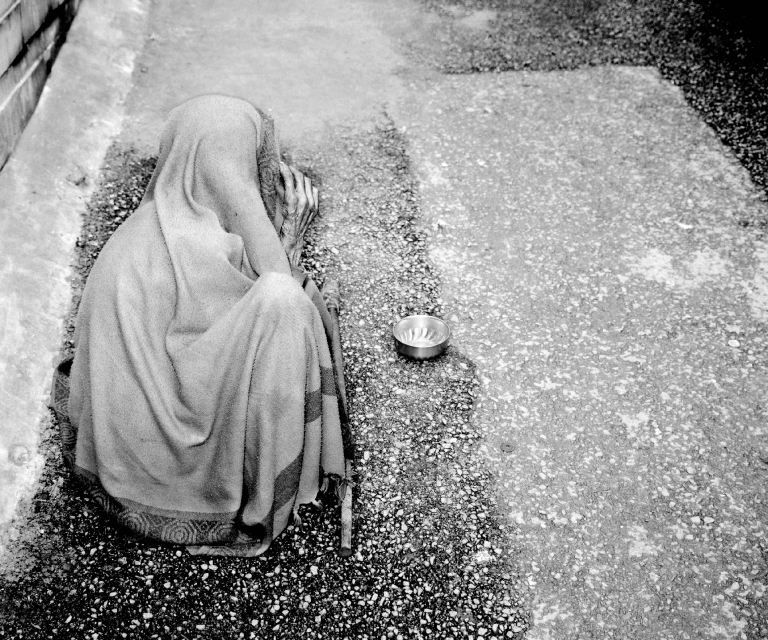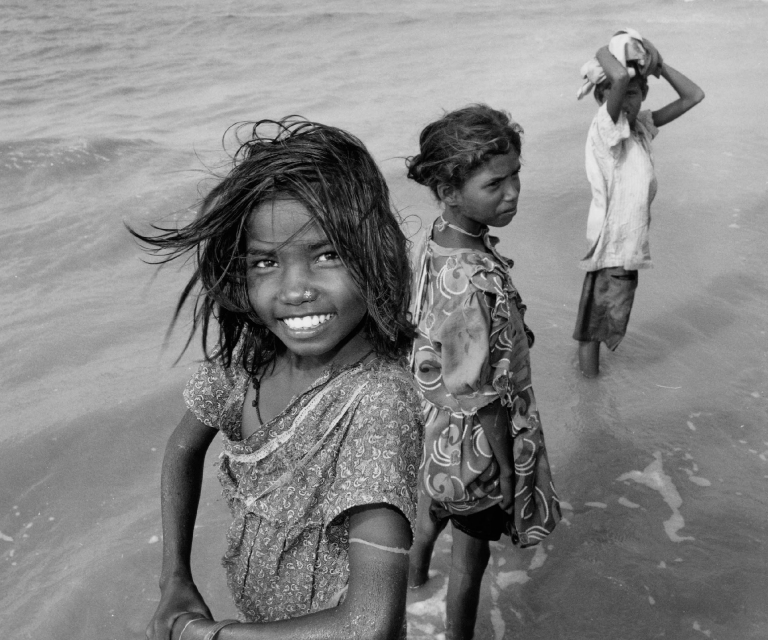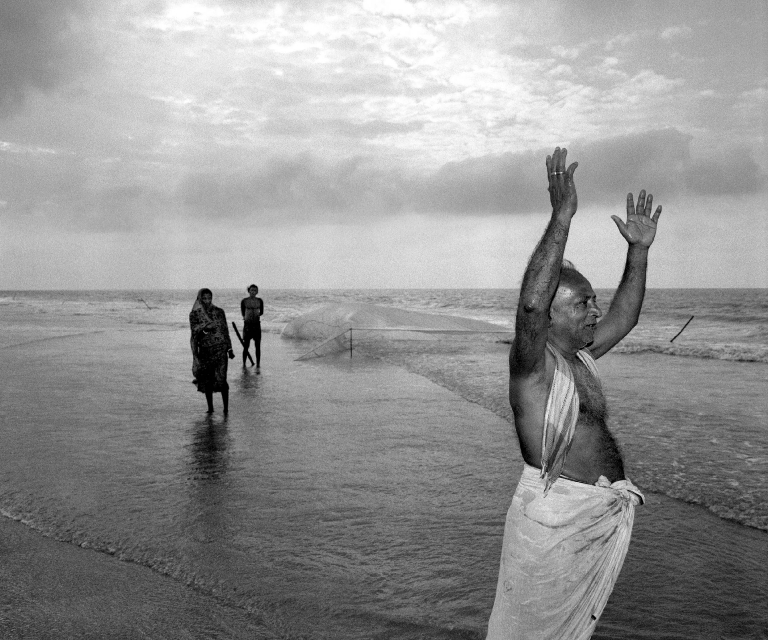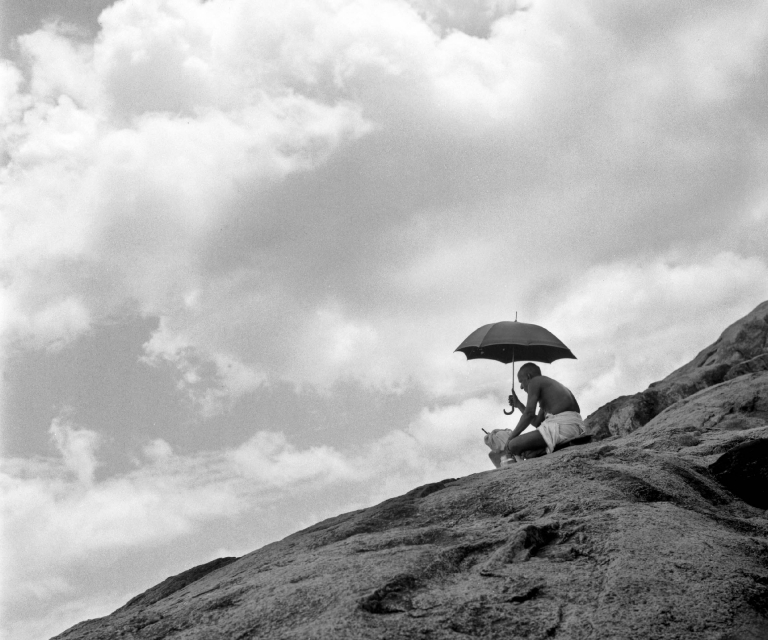Life and death along the Ganges
Looking for salvation
Every morning, when the day breaks, millions of pilgrims celebrate the alliance between the sun and the river. This alliance guarantees the daily reincarnation of everything living on earth. To Hindus the River Ganges is equal to God. Its water offers absolution, redemption and salvation. Every drop is sacred, cleansing and purifying. Naked sadhus, ascetics and holy men, beggars dressed in rags and elephants with their mahouts are bathing in the 3000 kilometre river. Ancient rituals can be witnessed right next to electric crematoria, factories and modern docks. The many contradictions along the River Ganges are part of a process of growth and change that has been going on for ages.
Death and reincarnation
In one of the bends of the river lies one of the oldest cities of the world. Varanasi, formerly Benares, is without doubt the most sacred city along this river and probably the most sacred place in India. As long as man can remember Varanasi has been the centre of study and religion. This is where – in the sixth century BC – Buddha preached for the very first time. The city brought forth countless musicians, poets, philosophers and scientists. The busy centre of the city is a maze of alleys and lanes. Here, thousands of temples are scattered without any system. This chaotic labyrinth is crowded with pilgrims making their way to one of the eighty bathing places. The endless ghats (broad steps stretching over more than five kilometres in width) lead from the palaces, temples and terraces down to the water. Every day, more than forty thousand priests of the Brahman caste make sure that the pilgrims are observing the correct rituals on the banks of the River Ganges. The whole city is dedicated to Shiva and everything in this city is centred around devotion. All activities – like eating, drinking and sleeping – connect the religious Hindu with the divine. All daily activities are mystical experiences. But most omnipresent of all in Varanasi is death. Everywhere they are waiting for it to arrive. For those who die in Varanasi are delivered from the long chain of death and reincarnation. Those whose ashes are offered to the holy water of the River Ganges are going straight to Nirvana.
Sagar Island
India’s life line of almost 3000 kilometres finally leads to the south of Calcutta, where it ends in the Bengali Gulf. The Hoogly, as the river is called here, twists through the most densely populated and poorest city of India. It is so slow and motionless it almost seems dead. First a muddy bed and then an extremely narrow trench filled with dirt, it is a badly reeking, black sewer full of decay and disease. And yet, it is an inseparable part of the god Ganges. Every year in January thousands of pilgrims come together on Sagar Island in the delta of the River Ganges. Kharam Chand and his wife have travelled the long road from Delhi to this festival by train and by bus. “My whole life I have dreamt to be able to come here” the 63-year-old civil servant says. With his hands raised to the sea he calls the Mother Ganga, as the river is affectionately called. Hindus believe that this is where the River Ganges merges with the sea. This is not the end of a long and winding journey which so strongly determines the lives of millions of people living along this river, but is merely a new beginning. Kharam Chand gazes on the infinite water and smiles contentedly. “One day I will also return to the lap of mother Ganges and merge with this sea.” He takes out a long pocketbook that can be bought at every bazar in India and starts chanting the 108 names of the River Ganges from the columns printed in his book.
